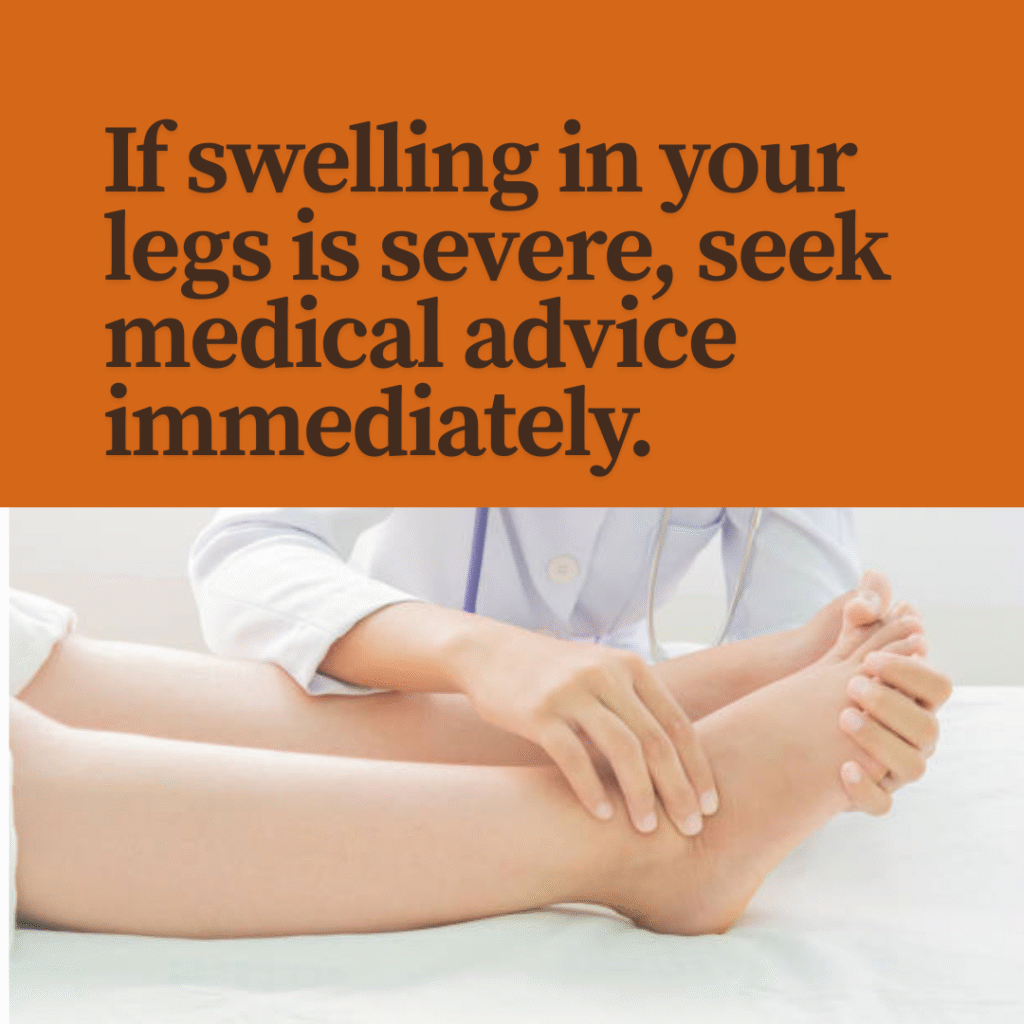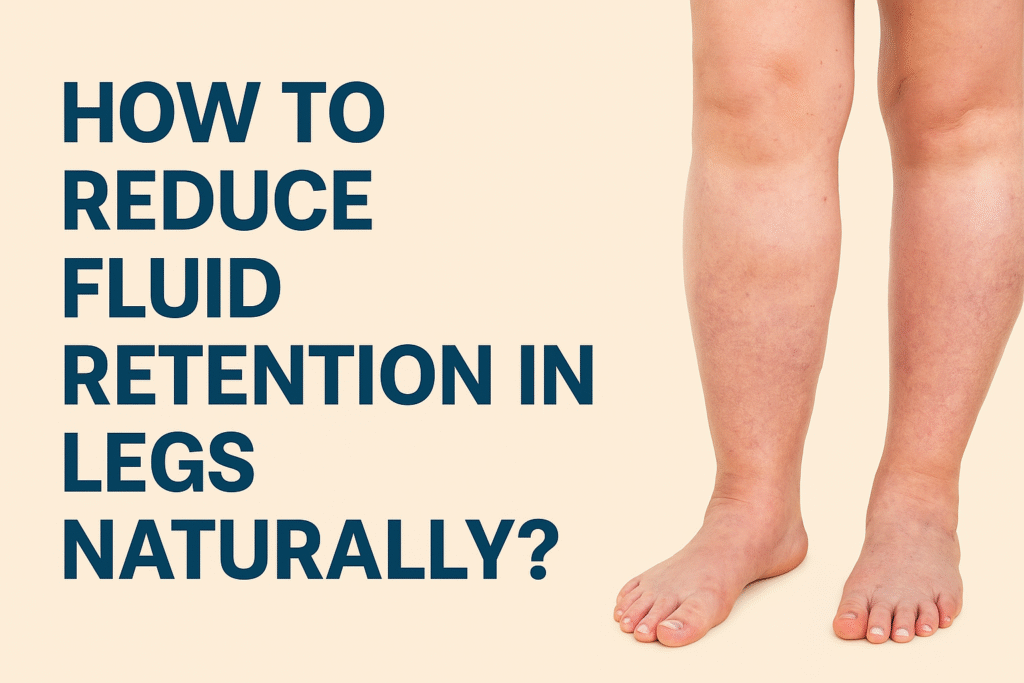🔹 Tired of Swollen Legs? Learn What’s Causing It and How to Fix It Naturally
Do your legs feel heavy, swollen, and tight at the end of the day? You’re not alone. Fluid retention and swelling in the legs are common issues—especially for those who spend long hours standing, sitting, or dealing with hormonal fluctuations. But the good news is: you don’t need to rely solely on medication. There are simple and natural ways to reduce swelling and water retention at home.
In this article, you’ll discover the causes of fluid retention, natural remedies to reduce swelling, and lifestyle changes that can make a real difference.

What Causes Fluid Retention in the Legs?
Fluid retention, or edema, happens when excess fluid builds up in the tissues of the body, particularly in the lower limbs. Some common causes include:
- Standing or sitting for long periods
- Hot weather
- Hormonal changes (PMS, pregnancy, menopause)
- Poor circulation or vein issues
- Excessive salt intake
- Kidney or liver problems
Understanding what’s causing the swelling is the first step to treating it effectively.
Home Remedies for Swollen Legs
Here are natural and proven home remedies that help reduce swelling and fluid retention:
1. Elevate Your Legs
Raising your legs above heart level for 20–30 minutes a few times a day can improve circulation and help drain excess fluid.
2. Apply Cold Compresses
Cold packs or cool compresses help reduce inflammation and provide immediate relief from discomfort.
3. Use Epsom Salt Baths
Soaking your legs in warm water with Epsom salts relaxes the muscles and reduces swelling thanks to the magnesium sulfate.
4. Massage with Essential Oils
Gentle massage using essential oils like cypress, lavender, or grapefruit improves lymphatic drainage and eases fluid retention.
5. Stay Hydrated
Drinking plenty of water helps your body flush out excess sodium and reduces water retention. Aim for 8–10 cups daily.
Foods and Habits That Help Reduce Swelling
- Reduce salt intake: Excess sodium leads to fluid retention. Avoid processed foods.
- Eat potassium-rich foods: Bananas, sweet potatoes, spinach, and avocados help balance fluid levels.
- Move regularly: Take short walks or stretch during long periods of sitting.
- Wear compression socks: These help boost circulation and reduce swelling, especially if you stand a lot during the day.
- Limit alcohol and caffeine: Both can contribute to dehydration and worsen swelling.
When to See a Doctor
If swelling in your legs is severe, persistent, or accompanied by other symptoms such as shortness of breath, chest pain, or one leg being significantly more swollen than the other, seek medical advice immediately. These may be signs of a more serious condition like a blood clot or heart issue.

Natural Support That Works
Want faster relief for swollen legs and fluid retention?
Read also this related article; Heavy, swollen legs? Discover the hidden causes
- Blog
- Fitness and Exercise
- Harmony Hair
- Health & Wellness
- Health and Fitness
- Men's health
- Mental Health
- Nail Health
- Reviews
- Skin Care
- Weight Loss
- Women's Health
